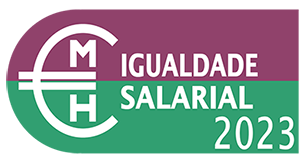

Researcher
Patrícia Cardoso graduated in Biology in 1998 and concluded her PhD in 2005 in estuarine ecology. She specialized in long-term studies on benthic communities in response to multiple stressors; biodiversity and ecosystem functioning. Since 2015, as Senior Researcher at CIIMAR her main scientific interests are the study of the combined effects of climate change and emergent contaminants (e.g. steroid hormones, PFAS) on the structure and functioning of coastal ecosystems. She is the author of more than 65 publications in international peer-review journals (h index = 29, > 3400 citations) and is author/co-author of 7 book chapters.
She is Guest Editor of the Special Issue of Toxics (http://www.mdpi.com/journal/toxics): “Toxic Effects of Persistent Endocrine Disrupters in Coastal Ecosystems”.










